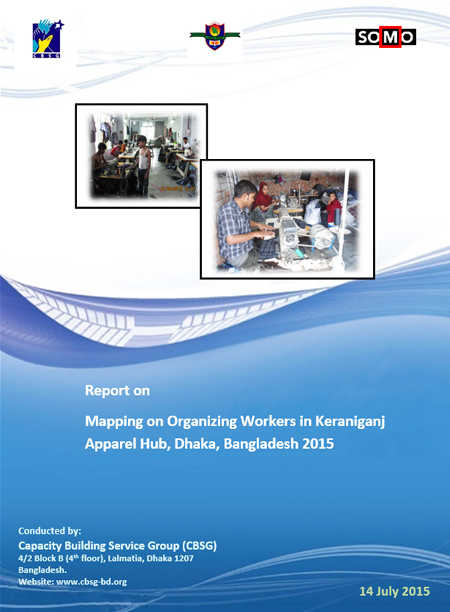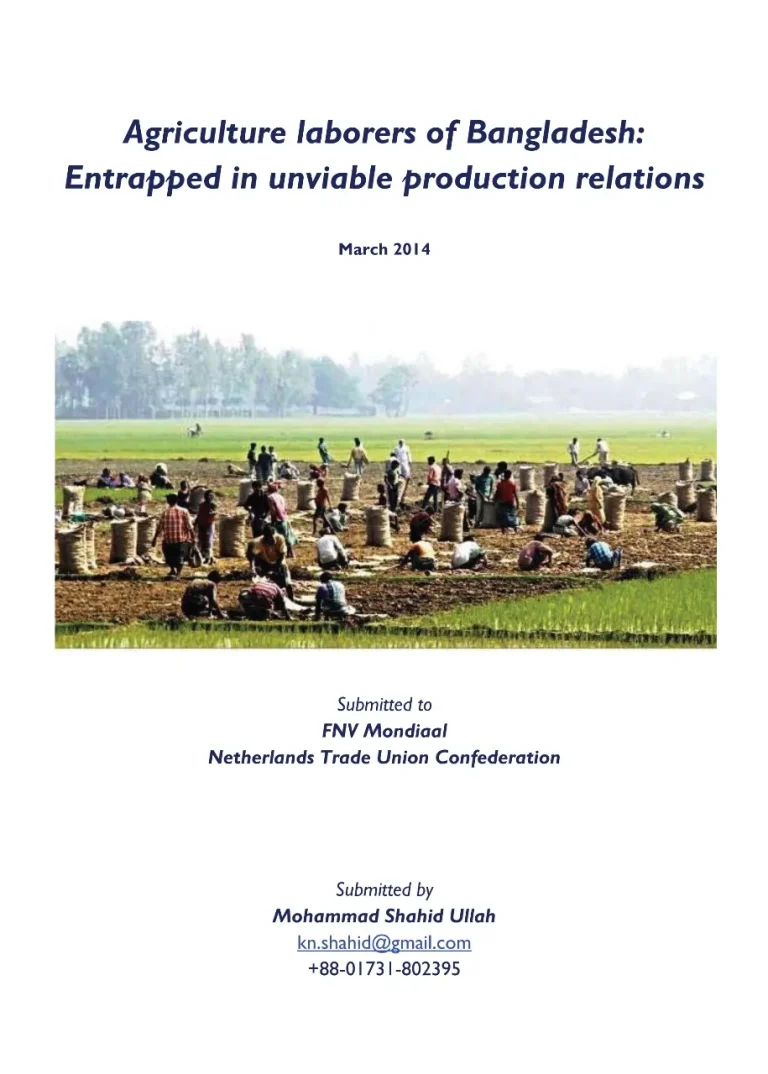Researsh & Study
The leather-based garment, footwear, and accessories supply chain is highly complex, involving a great variety of producers, buyers, and intermediaries. The industry has a high level of outsourcing and subcontracting, including large numbers of informal homeworkers. Low wages, hazardous working conditions, and union busting are rife in the industry. When rights violations occur, workers, trade unions, and workers’ support organisations need to know which corporate actors have responsibility to address the issues. Though China is the largest manufacturer, but Bangladesh, India, and Pakistan are also important producers. The global leather garment, footwear, and accessories industry is notoriously associated with human rights and labour rights violations as well as environmental damage in the different production stages. This Study is conducted by SOMO, and Bangladesh Labour Foundation (BLF) contributed to the study by providing vital insights and data concerning the leather industry in Bangladesh.
Objectives: To evaluate the current level of supply chain transparency among 100 companies in the leather-based garment, footwear, and accessories industry. Moreover, to identify specific supply chain information is currently being disclosed by these companies.
Methodology: This study selected 100 companies in two specific leather-based segments of the global garment industry. Additionally, this study included a number of online retailers (“e-tailers”); also looked at the supply chain transparency requirements that responsible business initiatives.
Findings: The current level of supply chain transparency of these companies offer is dramatically low. Less than one tired of companies provide some information about their supplier base. In terms of the level and detail of information these companies provide, the picture gets even grimmer. A few companies provide information about suppliers beyond the first tier of their supply chain. Some companies provide details about the workforce, most often by disclosing the number of workers. Just five companies provide a little more detail by including the number of migrant workers. A very few companies provide some information with regard to the presence of trade unions at supplier facilities or coverage by a collective bargaining agreement. Some companies provide details about the social audits and all company do not provides any information on wages and labour rights risk they have identified at the facility level. The initiatives of this study considered do not generally impose supply chain transparency requirements on their corporate members. Beyond the luxury leather we surveyed for this report, the call for far more supply chain transparency is just as relevant for the global garment, footwear, and accessories industry overall.
Recommendations:
- Trace and publicly disclose your full extended supply chain. This means all supplier facilities at all tiers, covering all processing and all inputs, including raw materials.
- Require corporate members to trace all links of their extended supply chains beyond end-product suppliers and to publicly disclose disaggregated and detailed supply chain data.
- Develop, adopt, and implement national, European Union, and/or other regionaland international-level legislation requiring comprehensive corporate supply chain disclosure. Such legislation could be part of overarching mandatory human rights due diligence laws or stand-alone legislation.






